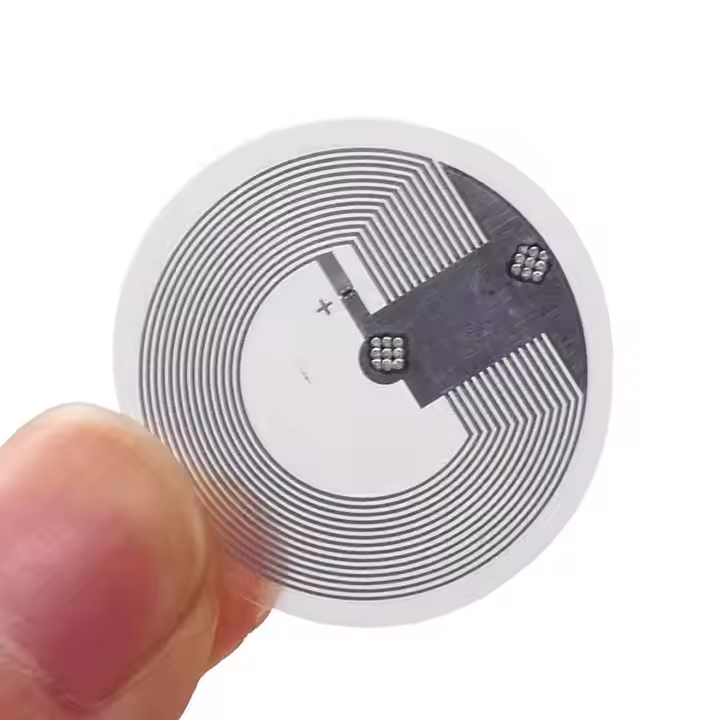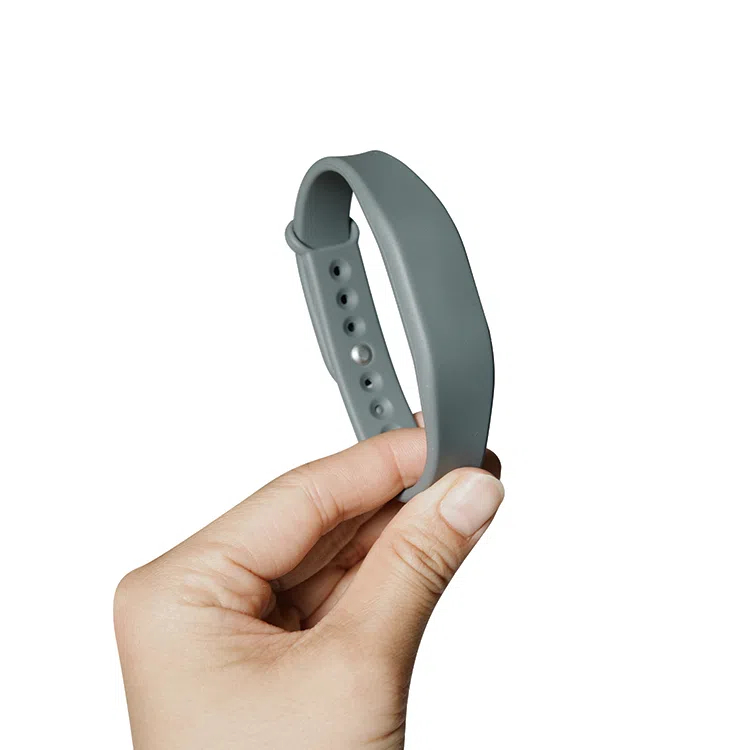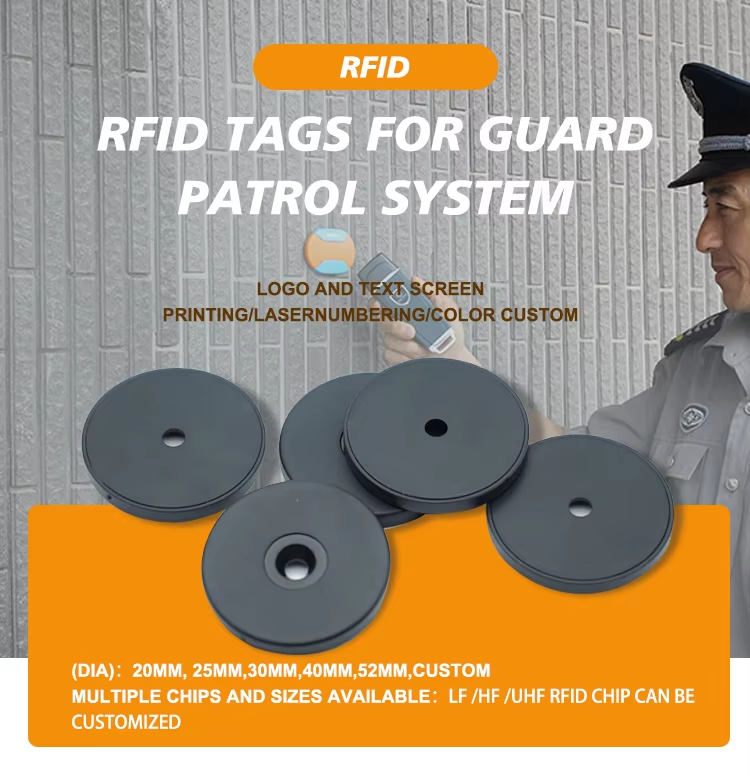
Why F08 NFC Inlays Are a Game-Changer in Smart Packaging?
Boost brand trust & sales with F08 NFC inlays: anti-counterfeiting, consumer engagement & eco-friendly smart packaging solutions.
Blood plays a vital role in medical treatment. However, it is also one of the channels for the spread of many diseases. Blood infection can easily lead to the transmission of diseases such as AIDS, liver disease, and others. Irregular blood collection can result in hidden dangers of disease transmission. Therefore, all processes of blood collection, storage, transportation, and use must be strictly controlled.
Nowadays, more and more hospitals are using RFID technology, sticking RFID stickers on blood bags to bind blood information. This method can effectively improve the utilization rate of blood resources, promote their efficient use in hospitals, and enhance the accuracy of blood inventory, blood planning, progress control, and blood quality assurance.
An RFID sticker is attached to each blood bag. Each tag has a built-in globally unique ID. The tag cannot be tampered with or copied. It records the storage location, collection time, expiration date, and other critical information. It can also track the transfer records of blood between different blood banks. This globally unique identification method greatly enhances the transparency and security of the blood circulation process.
Traditional manual management is prone to errors and confusion, which can easily lead to contamination and repeated handling of blood bags. Sometimes, such errors further increase the risk of contamination. After using RFID stickers, staff can read blood bag information remotely with RFID readers, avoiding direct contact, reducing the probability of blood contamination, and ensuring the safety of every unit of blood.
Through system integration, expiration dates can be set when storing blood. When the blood is close to or exceeds the expiration date, the system automatically issues an alarm, allowing staff to quickly locate the blood storage position and handle it promptly. RFID stickers support writing manufacturer-defined information. For example, the Impinj M730/M750 chip offers 128-bit EPC memory, fast reading speeds, and multi-protocol support (compatible with EPC Gen2v2 and ISO 18000-6C standards), making it highly suitable for high-precision blood management.
Once RFID stickers are affixed to blood bags, readers can quickly identify multiple tags at once. The data is transmitted to the system backend for real-time centralized management. Compared with traditional manual statistics, RFID technology offers higher accuracy, improved efficiency, and greatly reduced error rates.
RFID technology enables real-time tracking of the entire blood collection, storage, and transportation processes, ensuring the safety and standardized management of blood. By integrating with computer systems, real-time monitoring of blood quality and transportation status becomes possible, truly realizing the informatization and intelligence of blood management. RFID stickers technology allows every unit of blood to be under “visible” supervision, effectively avoiding hidden dangers of infection caused by irregular operations.
| Feature | Details |
|---|---|
| Uniqueness | Globally unique ID, anti-counterfeiting; cannot be modified or imitated |
| Installation | Sensitive installation method; chip cannot be disassembled or transplanted |
| Traceability | Supports source traceability for easy quality management |
| Verification | Compatible with handheld devices for quick authenticity verification |
| Storage | Large built-in storage space (96 bits and above), supports encryption protection |
| Material Options | Available in coated paper, PET, synthetic paper, thermal paper, based on actual needs |
| Chip Models | Common models include Alien Higgs 9/10, Impinj M730/M750; customization available for specific projects |
| Frequency Range | 860~960MHz; complies with ISO/IEC 18000-6C and EPC Class1 Gen2 standards |
| Operating Temperature | Wide range (-25°C to 50°C) |
| Data Endurance | Supports 100,000 data writes and 10-year data retention |
Every link of blood use is related to life safety. By applying RFID stickers technology in blood management, the quality of blood can be monitored in real time, making the entire industry chain clear, transparent, and uncontaminated. The use of RFID technology enables real-time monitoring and internet-based tracking of blood quality, truly realizing blood information management and intelligent control, while significantly improving work efficiency.
Newest trends and common knowledge in RFID laundry tags.

Boost brand trust & sales with F08 NFC inlays: anti-counterfeiting, consumer engagement & eco-friendly smart packaging solutions.

Top 5 Silicone RFID Bands: Elevate healthcare, gyms & VIP access with secure, customizable cashless solutions. Engineered for precision.

Upgrade to RFID patrol tags: Real-time tracking, tamper-proof logs & cost savings. Ditch paper, boost security!

As one of the top RFID Tag manufacturers in China, we specialize in high-quality RFID Tag and other RFID products designed to meet the diverse needs of various industries.
@ 2024 RFID Laundry Tag. All right reserved.
Didn’t find what you want? Ask our manager for help!